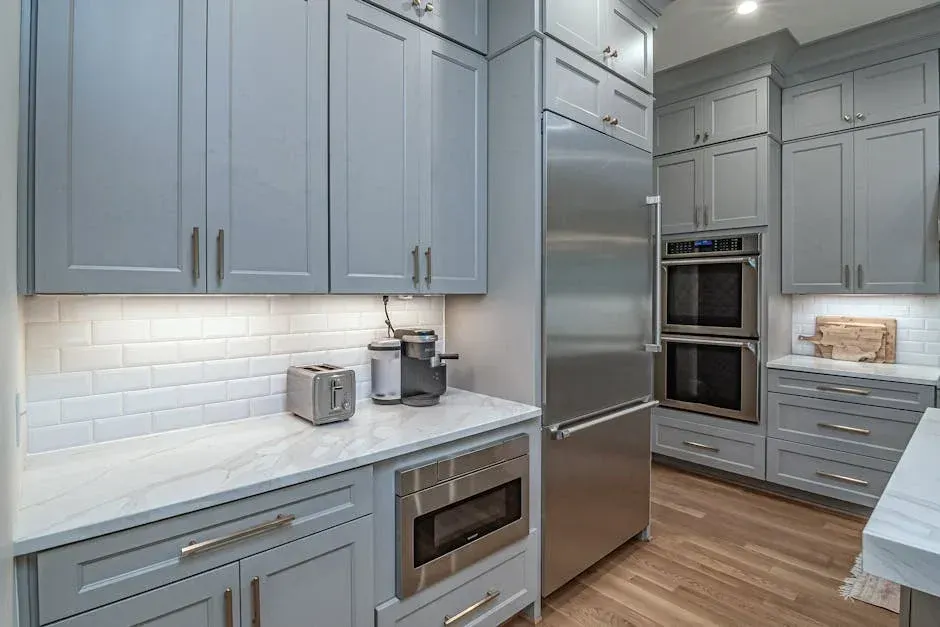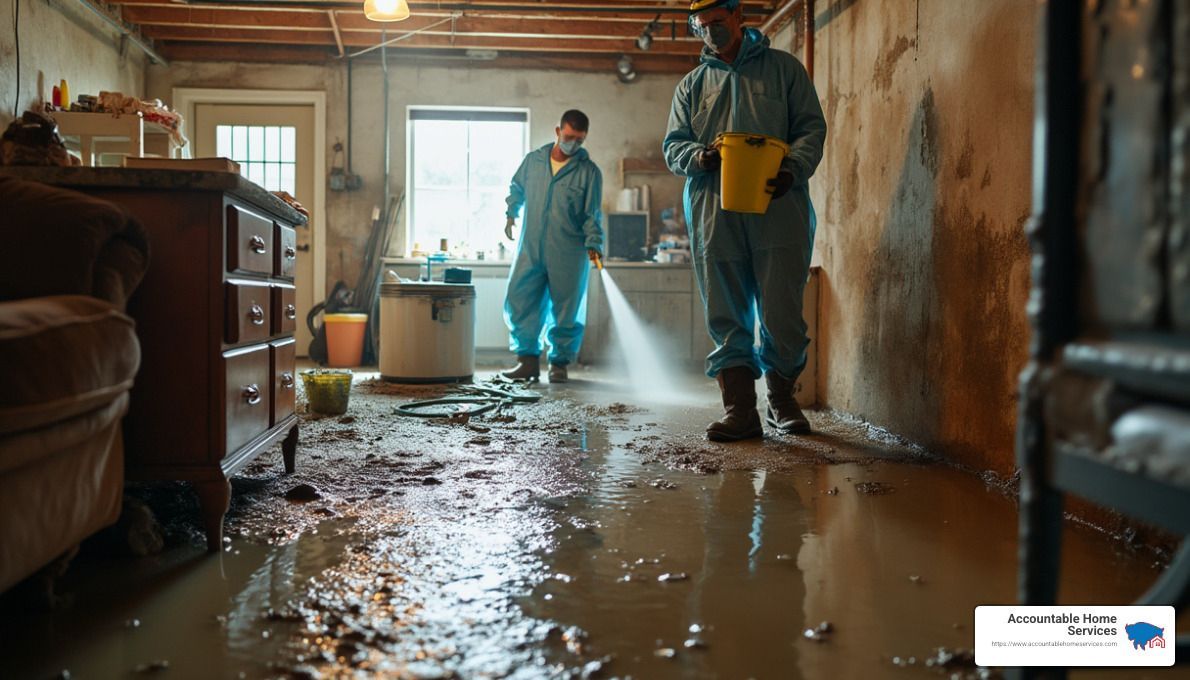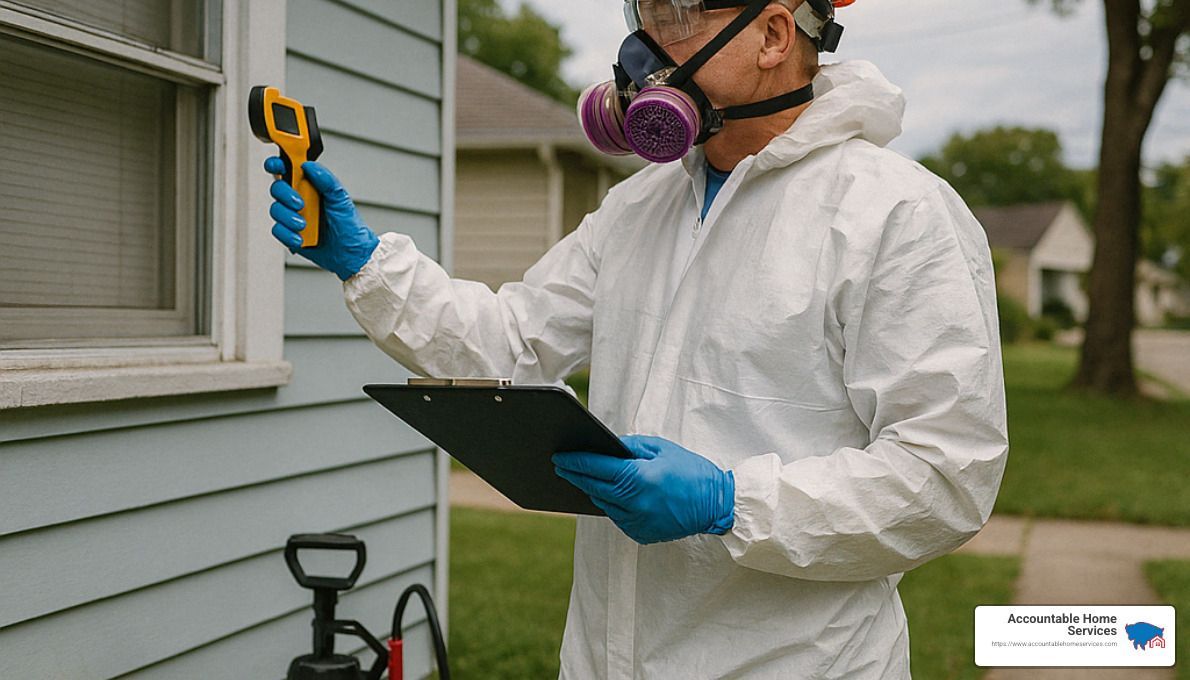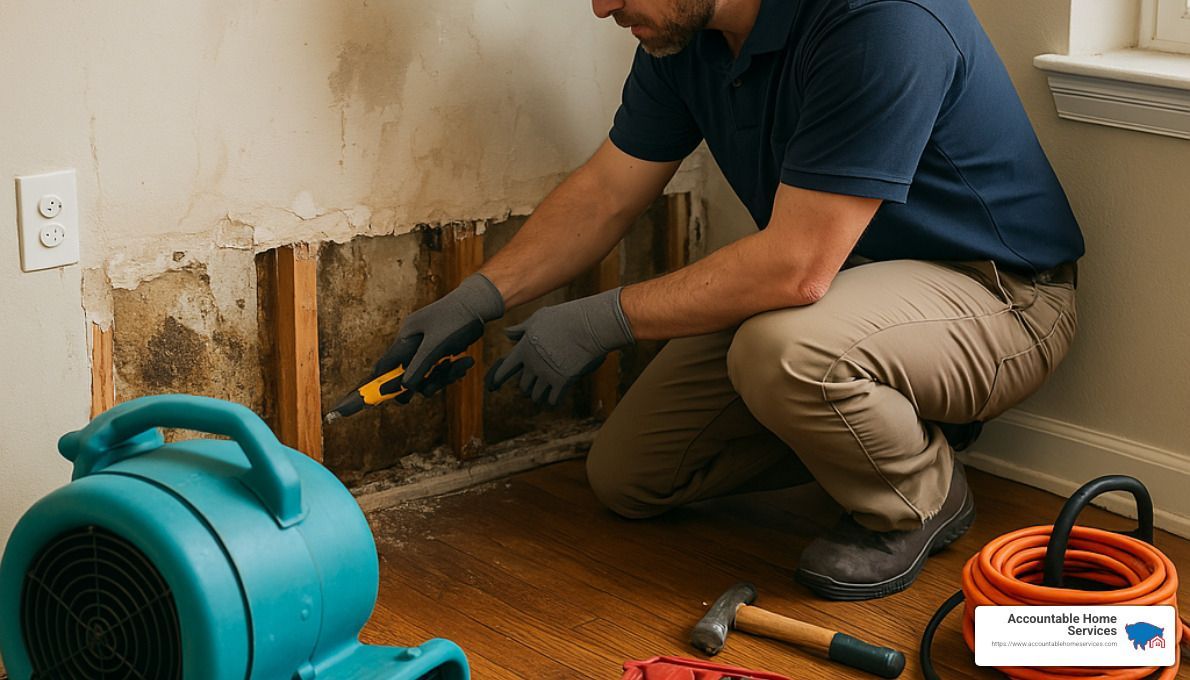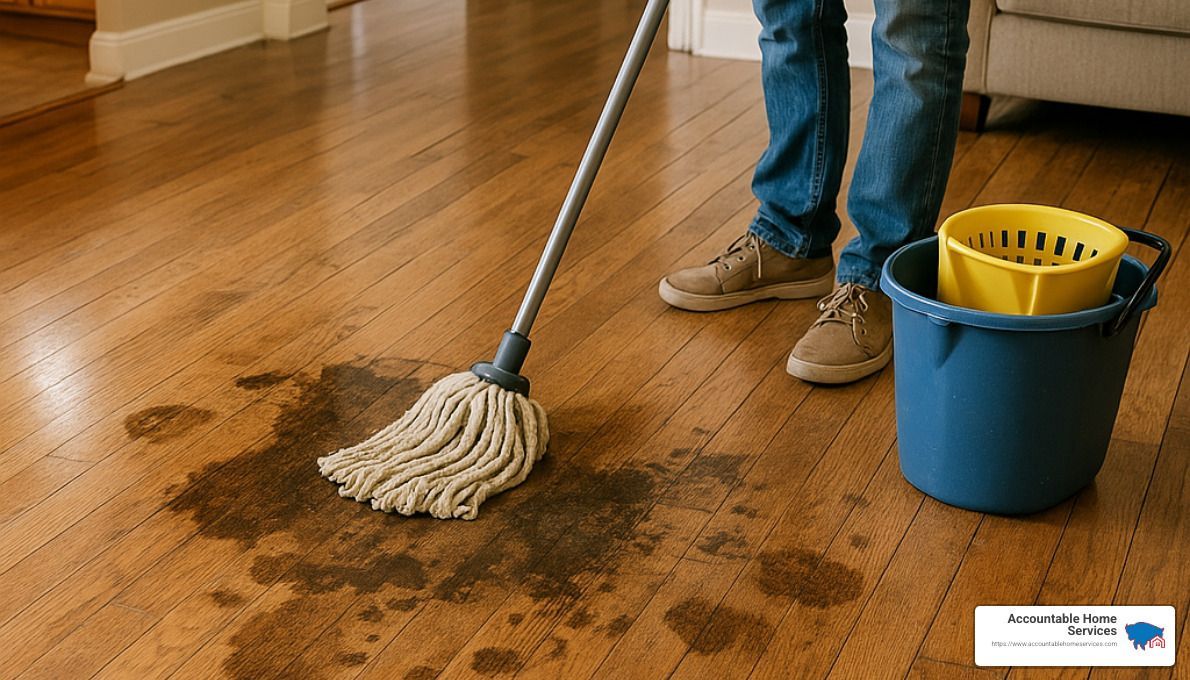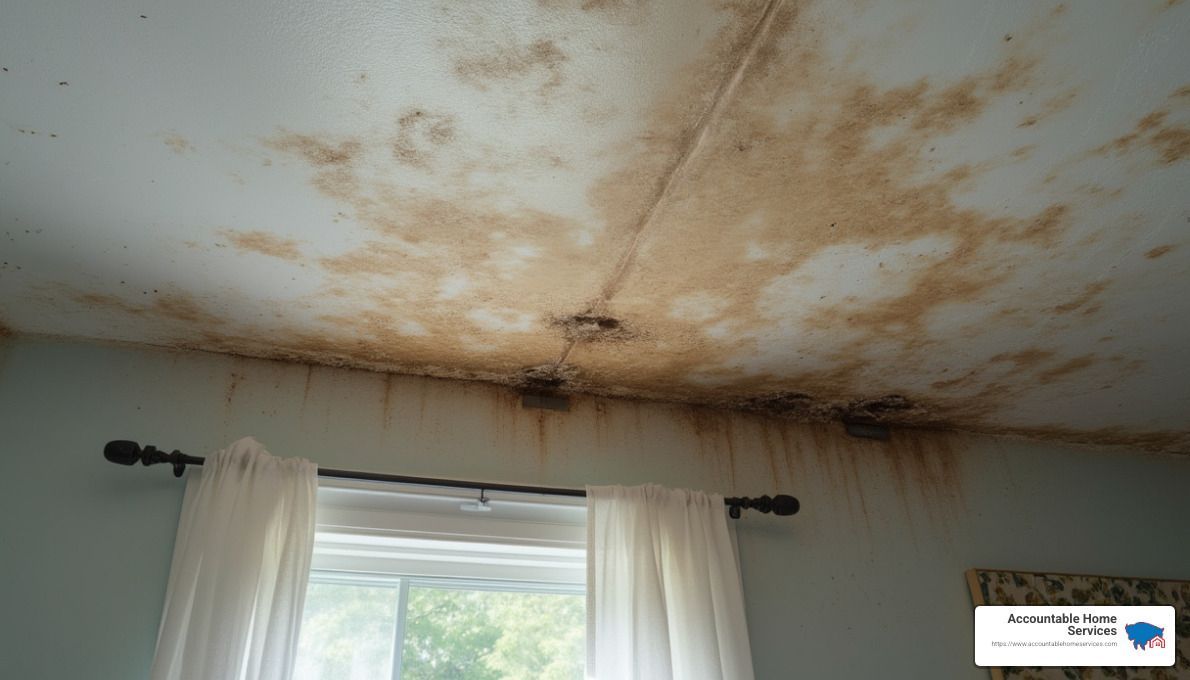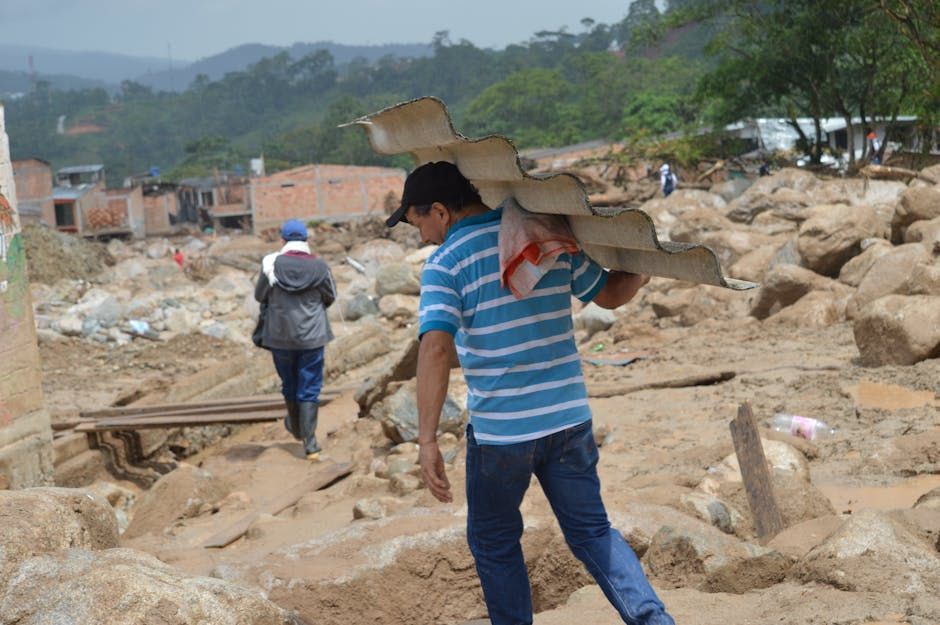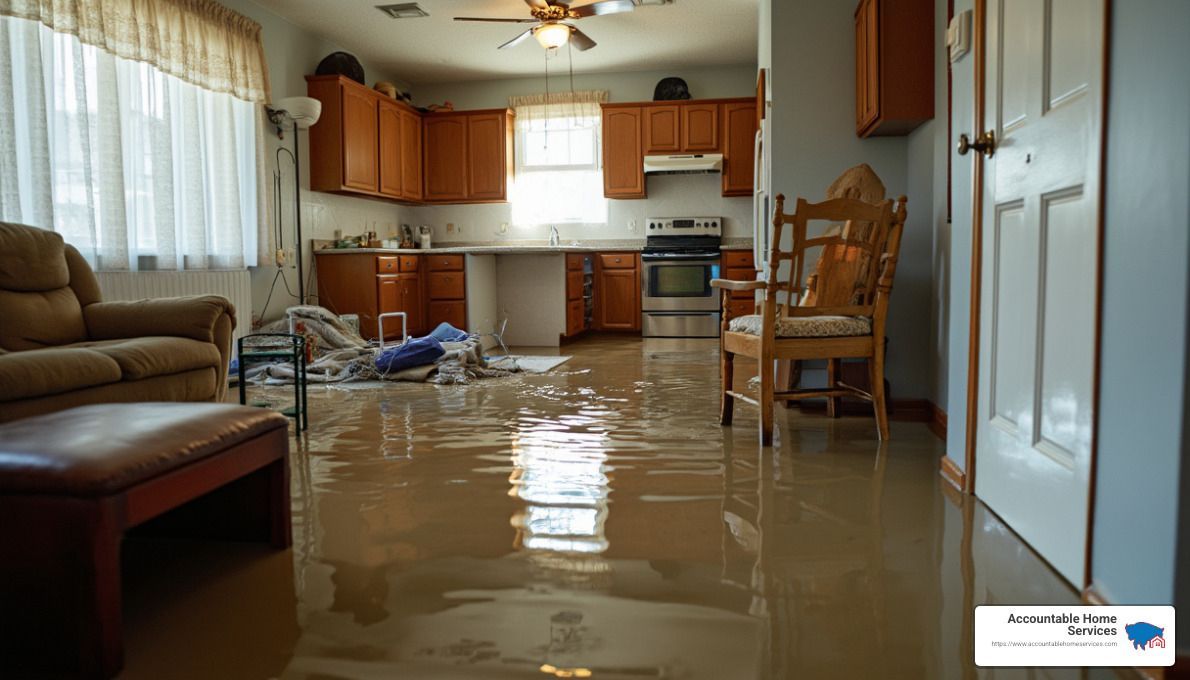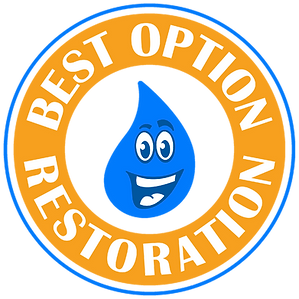Blog
24/7 emergency damage restoration is vital for homeowners facing unexpected disasters. These services ensure a swift response to emergencies like water or fire damage, helping to minimize harm to your property and reduce overall costs. Whether it's a burst pipe, a flooded basement, or fire damage, knowing that your home is in capable hands around the clock provides peace of mind and security.
Here's a quick rundown of what to expect:
- Rapid Response: Access to services at any hour, ensuring immediate action is taken.
- Comprehensive Service: From water removal to structural repairs, every aspect is covered.
- Expert Technicians: Certified professionals with up-to-date training and tools.
- Insurance Assistance: Direct billing to your insurance company to simplify the process.
As someone who has spent years in 24/7 emergency damage restoration, I’m Mike Martinez, owner of Accountable Home Services, a family-run business dedicated to helping homeowners across the Denver Metro Area. With decades of experience, I understand the critical nature of rapid response and effective restoration. Let's explore how these services can benefit you in times of crisis.
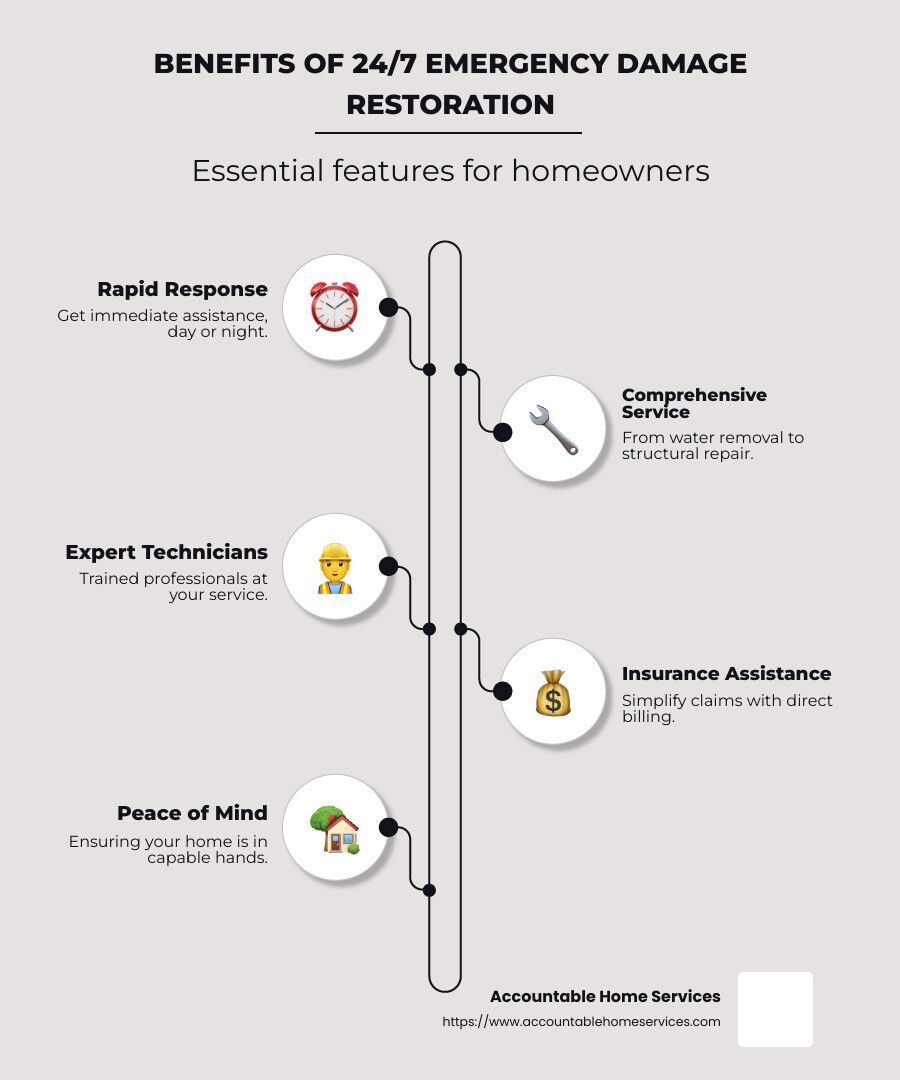
Importance of 24/7 Emergency Damage Restoration
When disaster strikes, every second counts. 24/7 emergency damage restoration offers a crucial lifeline for homeowners facing unexpected crises. Here's why it's so important:
Fast Response
Emergencies don't wait for business hours. Whether it's a burst pipe or a fire, immediate action can make all the difference. Quick response teams are available around the clock to address damage swiftly. This rapid intervention is key to preventing further deterioration of your property.
Minimize Damage
The longer water or smoke lingers, the more damage it can cause. Fast action helps to contain and reduce the extent of damage, saving structural elements and personal belongings. For instance, water can seep into walls and floors, leading to warping and mold growth if not addressed promptly. Emergency services ensure that water is extracted and areas are dried efficiently, preventing these issues.
Reduce Costs
Early intervention not only saves your property but also your wallet. By minimizing damage, restoration costs are kept lower. For example, drying out a home quickly can prevent the need for extensive repairs, such as replacing walls or flooring. Moreover, addressing issues like mold growth early can avoid costly remediation later on.
24/7 emergency damage restoration services offer a comprehensive approach to managing crises, ensuring that every aspect of the damage is addressed promptly and professionally. This includes working directly with insurance companies to streamline claims and reduce out-of-pocket expenses for homeowners.
Water Damage Restoration Process
Water damage can be a nightmare for homeowners, but understanding the water damage restoration process can help ease the stress. Let's break down the steps involved:
Water Extraction
The first and most critical step is water extraction. This involves removing standing water from your home using powerful pumps and vacuums. The quicker the water is removed, the less damage it can do. For instance, water left to sit can lead to warped floors and damaged walls. Speedy extraction is essential to prevent these issues.
Drying Process
Once the water is removed, the next step is the drying process. High-powered fans and dehumidifiers are used to dry out the affected areas thoroughly. This step is crucial because any remaining moisture can lead to further damage and mold growth. Professionals monitor the drying process closely to ensure that all areas are completely dry before moving on to the next steps.
Mold Prevention
Mold can start to grow within 24 hours of water exposure. Therefore, mold prevention is a critical part of the restoration process. Technicians use antimicrobial treatments to prevent mold growth on walls, floors, and other surfaces. This step not only protects your property but also safeguards your health, as mold can cause respiratory issues and other health problems.
By following these steps, the water damage restoration process ensures that your home is returned to its pre-damage condition as quickly and safely as possible.
In the next section, we will dig into fire and smoke damage restoration, highlighting how odors are removed and structures are repaired.
Fire and Smoke Damage Restoration
Experiencing a fire can be devastating. The aftermath leaves not only visible damage but also hidden issues like smoke odor and structural instability. Here's how 24/7 emergency damage restoration handles these challenges:
Odor Removal
Smoke leaves behind persistent odors that can linger in your home. To tackle this, restoration experts use specialized equipment and techniques. Ozone generators and thermal foggers neutralize odors by breaking down smoke particles. This process ensures that your home smells fresh and clean, eliminating the reminders of fire damage.
Structural Repair
Fires can compromise the structural integrity of your home. Restoration professionals conduct a thorough assessment to identify and address any damage. This includes repairing or replacing weakened beams, walls, and roofs. By ensuring the structure is sound, you can safely return to your home without worrying about lingering hazards.
Content Cleaning
Personal belongings are often affected by smoke and soot. Content cleaning involves carefully restoring items like furniture, clothing, and electronics. Technicians use advanced cleaning methods to remove soot and odors from these items. In some cases, contents may be taken to a specialized facility for deep cleaning and restoration.
By addressing odor removal, structural repair, and content cleaning, fire and smoke damage restoration helps you move forward after a fire. The goal is to restore your home and belongings to their pre-fire condition, ensuring safety and comfort for you and your family.
Next, we'll explore mold remediation and prevention, focusing on how to tackle mold growth and protect your health.
Mold Remediation and Prevention
Mold is sneaky. It can start growing within 24 to 48 hours after water damage. This tiny intruder not only damages your home but also poses serious health risks.
Mold Growth
Mold thrives in damp, dark places. After water damage, it can spread quickly through your home. It loves to hide in places like behind walls, under carpets, and in basements. If left unchecked, mold can cause structural damage to your home, weakening wood and drywall.
Health Risks
Mold is not just an eyesore. It can harm your health. Exposure to mold can cause allergic reactions, asthma attacks, and other respiratory issues. People with weakened immune systems, allergies, or asthma are especially vulnerable. That’s why it's crucial to address mold problems promptly.
Remediation Techniques
Mold remediation is a process that involves several steps to ensure your home is mold-free and safe. Here's how it's done:
- Inspection and Assessment: Experts first inspect your home to identify mold growth and determine the extent of the problem. They use tools like moisture meters and infrared cameras to find hidden mold.
- Containment: To prevent mold from spreading, affected areas are sealed off. This involves setting up barriers and using air filtration systems to trap mold spores.
- Removal: Mold-infested materials are removed. This could include drywall, carpeting, and insulation. Technicians use specialized equipment and protective gear to safely remove mold.
- Cleaning and Sanitizing: After removal, surfaces are cleaned and sanitized. This step ensures that no mold spores remain. HEPA vacuums and antimicrobial treatments are often used to clean and disinfect the area.
- Restoration: Finally, the home is restored to its pre-mold condition. This might involve replacing drywall, flooring, or other materials that were removed during the remediation process.
Preventing mold growth is just as important as remediation. Here are some tips to keep mold at bay:
- Control Humidity: Keep indoor humidity levels below 50% using dehumidifiers and air conditioners.
- Fix Leaks Promptly: Repair any leaks in your roof, walls, or plumbing to prevent moisture buildup.
- Ventilate: Use exhaust fans in kitchens and bathrooms to remove moisture.
- Monitor: Regularly check areas prone to moisture, like basements and attics, for signs of mold.
By understanding mold growth, health risks, and remediation techniques, you can protect your home and health. Next, we'll dive into frequently asked questions about 24/7 emergency damage restoration, covering costs, timing, and processes.
Frequently Asked Questions about 24/7 Emergency Damage Restoration
What is the typical cost for water damage restoration?
Water damage restoration costs can vary widely. Several factors influence the final bill:
- Extent of Damage: More damage means more work and higher costs.
- Type of Water: Clean water is easier (and cheaper) to handle than contaminated water.
- Area Affected: Larger areas take more time and resources to restore.
On average, homeowners might pay between $1,200 and $5,000 for water damage restoration. However, each situation is unique, and costs can be higher or lower depending on specific circumstances.
How quickly should restoration services be contacted after damage?
Immediate action is crucial. Water damage can escalate quickly, leading to mold growth and structural issues. Experts recommend contacting a restoration service within 24 hours of finding water damage. Quick response helps to:
- Minimize damage
- Reduce repair costs
- Prevent mold growth
What does the restoration process involve?
Restoration involves several critical steps to ensure your home is safe and sound:
- Inspection: Professionals assess the extent of the damage. They use tools like moisture meters to find hidden problems.
- Water Extraction: Standing water is removed using pumps and vacuums. This step is crucial to prevent further damage and mold growth.
- Drying and Dehumidification: After water removal, the area is thoroughly dried. Dehumidifiers and air movers help eliminate residual moisture.
- Cleaning and Sanitizing: Affected areas are cleaned and sanitized to remove bacteria and prevent mold. Antimicrobial treatments are often used during this step.
- Repair and Restoration: Finally, any damaged materials are repaired or replaced. This might include drywall, flooring, or insulation.
- Monitoring: Throughout the process, technicians monitor progress to ensure complete drying and restoration.
Understanding these steps can help you make informed decisions during a stressful time. Knowing what to expect can also ease some of the anxiety that comes with emergency situations. Next, we will explore more about fire and smoke damage restoration, including odor removal and structural repair.
Conclusion
At Accountable Home Services, we understand that dealing with damage to your home can be stressful. Our goal is to make the restoration process as smooth and efficient as possible. Our certified technicians are trained to handle emergencies with expertise and care. They use cutting-edge equipment and follow strict safety standards to ensure every restoration is done thoroughly and quickly.
Our commitment to customer satisfaction is at the core of our services. We prioritize transparent communication and professional expertise, ensuring you are informed and comfortable throughout the process. Whether it's water, fire, mold, or asbestos remediation, our team is ready to restore your home to its pre-damage condition.
We also offer direct insurance billing to minimize stress and financial burden for our clients. By partnering directly with your insurance company, we aim to streamline the process, allowing you to focus on rebuilding and returning to normalcy.
For more information about our services, visit our Accountable Home Services page. Whether you need emergency restoration or are planning a home improvement project, we're here to help protect and improve your home.

